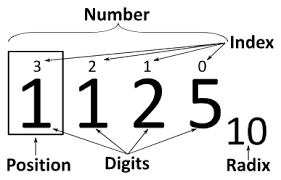The divisibility rule for 13 is a helpful guideline to determine if a given number is divisible by 13 without performing long division.

Here’s how the divisibility rule for 13 works:
- Take the number you want to check for divisibility by 13.
- Multiply the last digit of the number by 4 and subtract it from the truncated number (the number without the last digit).
- If the resulting number is divisible by 13 (including zero), then the original number is also divisible by 13. Otherwise, it is not divisible by 13.
Let’s illustrate this rule with an example:
Example: Determine if the number 507 is divisible by 13.
- The last digit of the number is 7. Multiply 7 by 4: 7 * 4 = 28.
- Subtract the product from the truncated number: 50 – 28 = 22.
- The resulting number is 22. Since 22 is not divisible by 13, the original number 507 is not divisible by 13.
Now, let’s try another example:
Example: Determine if the number 1,026 is divisible by 13.
- The last digit of the number is 6. Multiply 6 by 4: 6 * 4 = 24.
- Subtract the product from the truncated number: 102 – 24 = 78.
- The resulting number is 78. Since 78 is divisible by 13 (78 ÷ 13 = 6), the original number 1,026 is divisible by 13.
By applying this divisibility rule, you can quickly determine if a given number is divisible by 13. It is a helpful technique to simplify divisibility checks and perform quick mental calculations.
Important Links